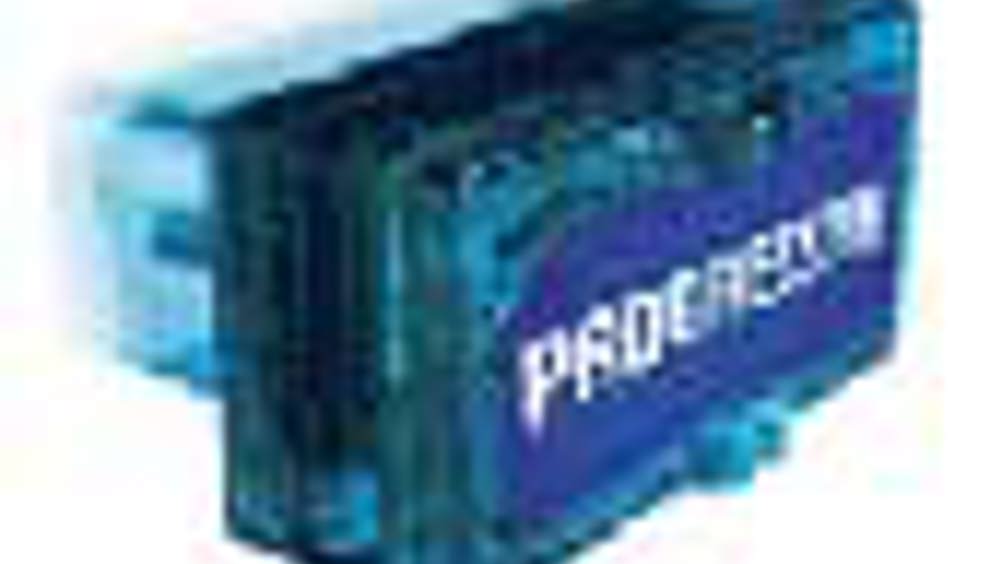Pay less for car insurance

A high tech scheme to measure driving habits could lead to lower insurance premiums. The pilot scheme, which began last month, is being tested out by the Progressive Group of insurance companies in the
Customers who register their vehicles in the company’s ‘TripSense’ pilot program first plug a data-logging device into a port in their car. The device, called TripSensor, is a free, matchbox-sized device that plugs into a vehicle's On-Board Diagnostic (OBDII) port found near the steering column in virtually all 1996 or later model year vehicles.
Once installed, TripSensor records how much, how fast and when the vehicle is driven. This information is used to calculate the discount the customer may receive when they renew their policy.
TripSensor also collects information about rapid acceleration and braking that is not currently used to calculate the discount. Progressive is collecting this information to better understand if it is predictive of future accidents.
Register now to continue reading
Thanks for visiting The Engineer. You’ve now reached your monthly limit of news stories. Register for free to unlock unlimited access to all of our news coverage, as well as premium content including opinion, in-depth features and special reports.
Benefits of registering
-
In-depth insights and coverage of key emerging trends
-
Unrestricted access to special reports throughout the year
-
Daily technology news delivered straight to your inbox










Water Sector Talent Exodus Could Cripple The Sector
Well let´s do a little experiment. My last (10.4.25) half-yearly water/waste water bill from Severn Trent was £98.29. How much does not-for-profit Dŵr...